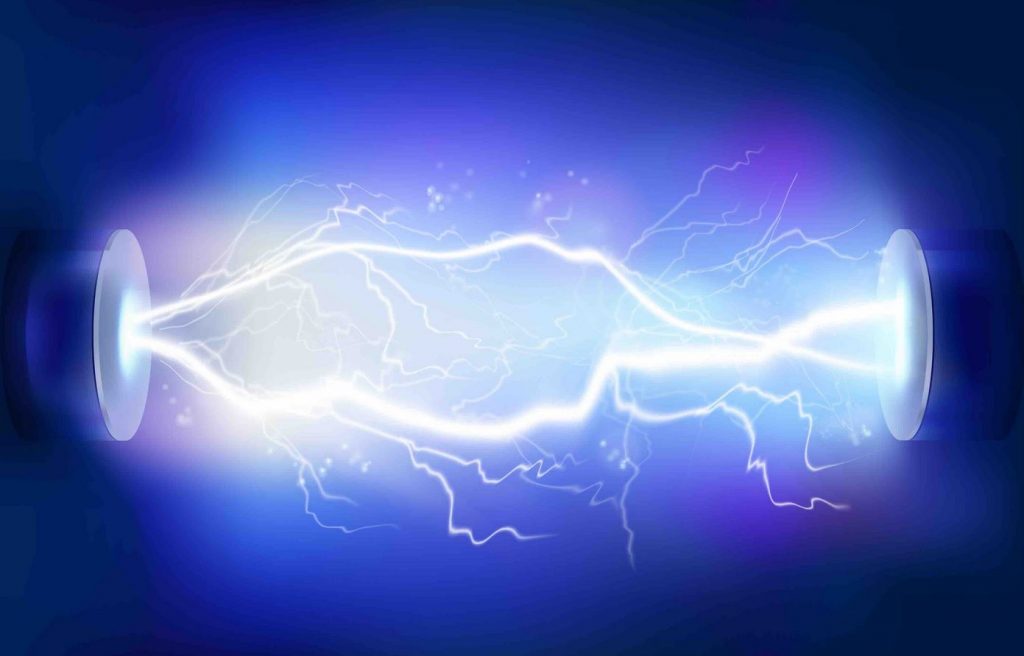
Recent work by the Homi Bhabha National Institute (HBNI) and the Bhabha Atomic Research Centre has highlighted the capability of Surrey Sensors measurement systems in extreme environments.
In their recently-published research, Sherry Rosily and her colleagues have used a variant of the ID2HP-series sensor system together with a custom-built probe as part of a technique to characterize the high-intensity proton beam profile in a low-energy high-intensity proton accelerator.
“This is an important achievement by Rosily and her team, and we’re glad we were able to help,” commented Dr. David Birch, Director of Research at Surrey Sensors Ltd. “This is exactly the sort of challenge we relish. The probe itself was one of the smallest we’ve had to make, with a diameter of just over 2 mm and an arrangement of internal channels.” Designing probes for use in the high-vacuum environment of a particle accelerator poses its own challenges. “There were some real head-scratching moments,” added Dr. Birch; “it took a bit of testing before it became clear that certain exotic gases can diffuse right through our conventional connector materials. That surprised all of us.”
The ID2HP system also provided the sensitivity and robustness needed for measuring rarefied gas flows in a vacuum chamber, where dynamic pressures are tiny and shockwaves form easily.
The research, published this week in Review of Scientific Instruments, will help with the calibration and tuning of particle beams.
